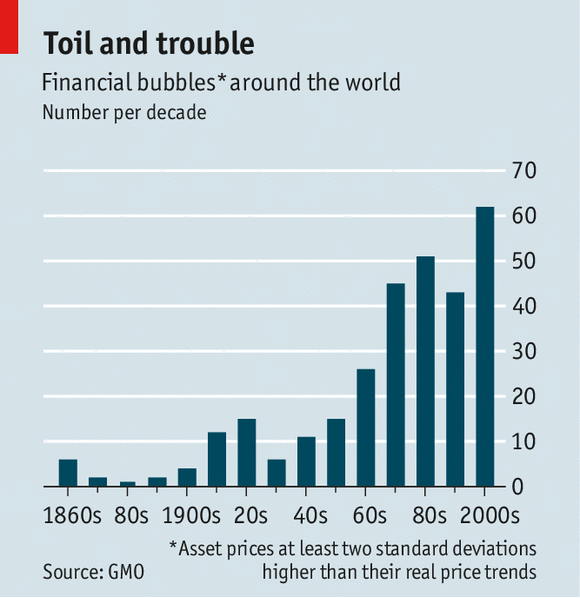I've been killing myself lately with so much lost money from these Chinese stocks.
Saw QUNR pull back to $29.49 and bought ahead of earnings report. Tanked to $24.77 and averaged down with a ton of shares. Was afraid at how much I put in, so sold at $25 something and took a few hundred bucks. Saw an upward trend, so bought back at $25 and sold at $26.50 (including my $29.49 shares) after a major firm set a $22 price target, thinking it was surely headed down. Lost a couple hundred. Up towards $28 today. I'm sure it's only a matter of time though before short sellers hit another Chinese company with book cooking allegations and tank it.

Was doing research on Chinese stocks some time back. Came across this article: http://seekingalpha.com/article/468691-pwc-zhong-tian-a-chinese-auditor-with-a-flawless-record
I know there has been alot more recent discussions on the auditing of Chinese companies. So take it for what it is.



